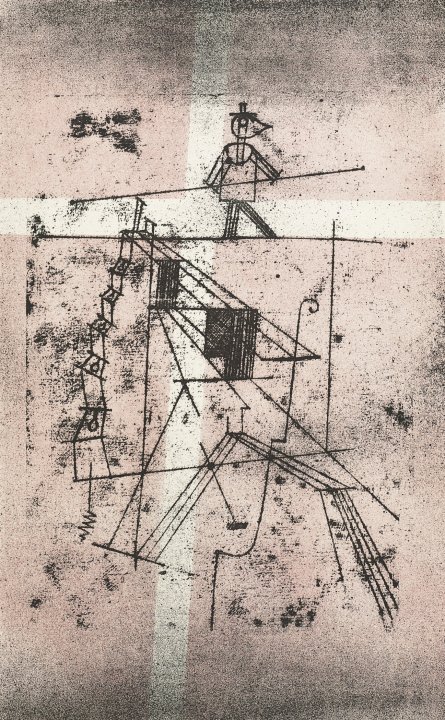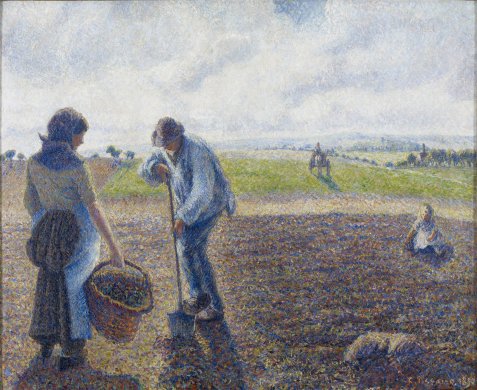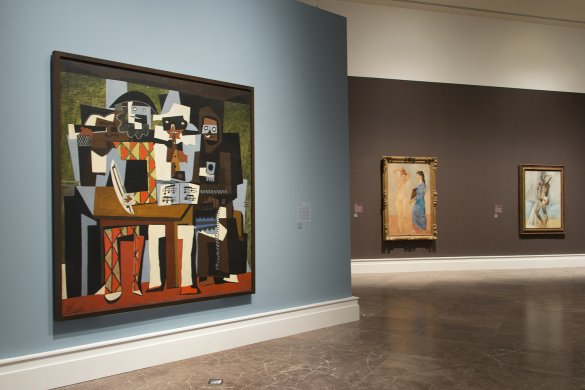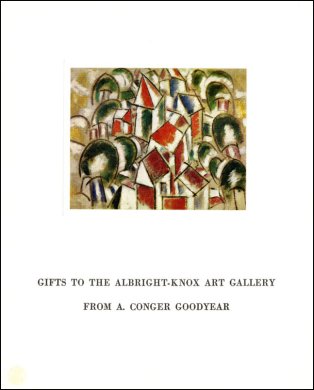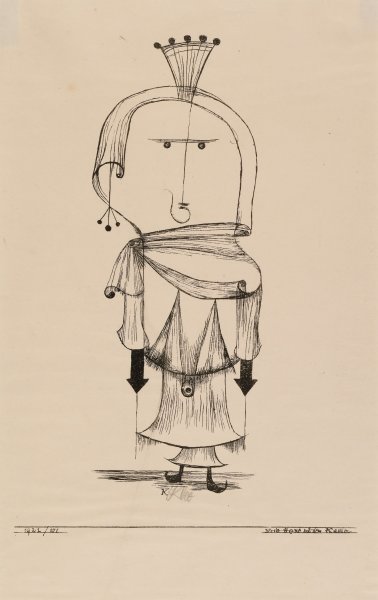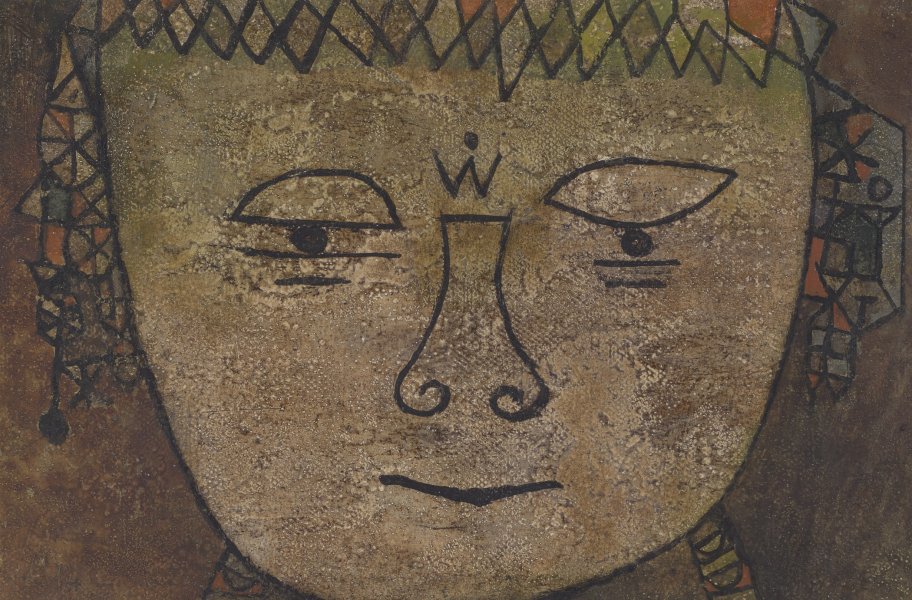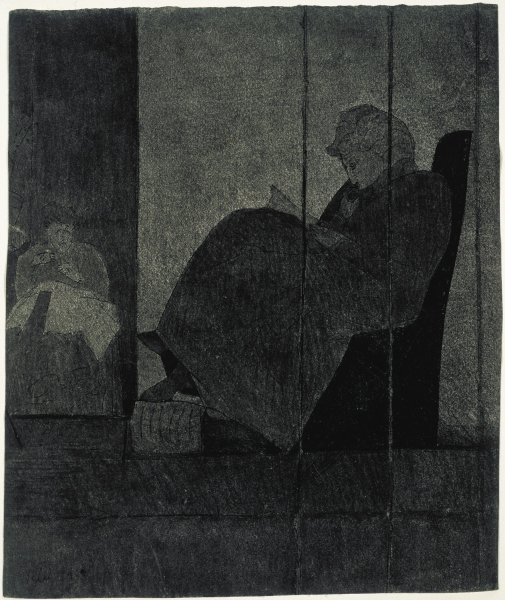Paul Klee
Swiss, 1879-1940
Seiltänzer (Tightrope Walker), 1923
Artwork Details
Materials
color lithograph
Edition:
138/220
Measurements
overall: 17 1/4 x 10 1/2 inches (43.81 x 26.67 cm)
Collection Buffalo AKG Art Museum
Credit
Gift of A. Conger Goodyear, by exchange, 1949
Accession ID
P1949:15
In 1920 Walter Gropius (German, 1883–1969) invited Paul Klee to teach at the Bauhaus—a highly influential art and design school in Germany that stressed art’s critical relationship to society and technology. There, he worked alongside a diverse group of artists that included Vassily Kandinsky and László Moholy-Nagy. The theme of balance was important to Klee, and several of his works feature a tightrope walker. During a lecture in 1921 he stated, “The tightrope walker with his pole (is a) ‘symbol of the balance of forces.’ He holds the forces of gravity in balance (weight and counterweight). He is a pair of scales.”
Label from Picasso: The Artist and His Models, November 5, 2016–February 19, 2017
